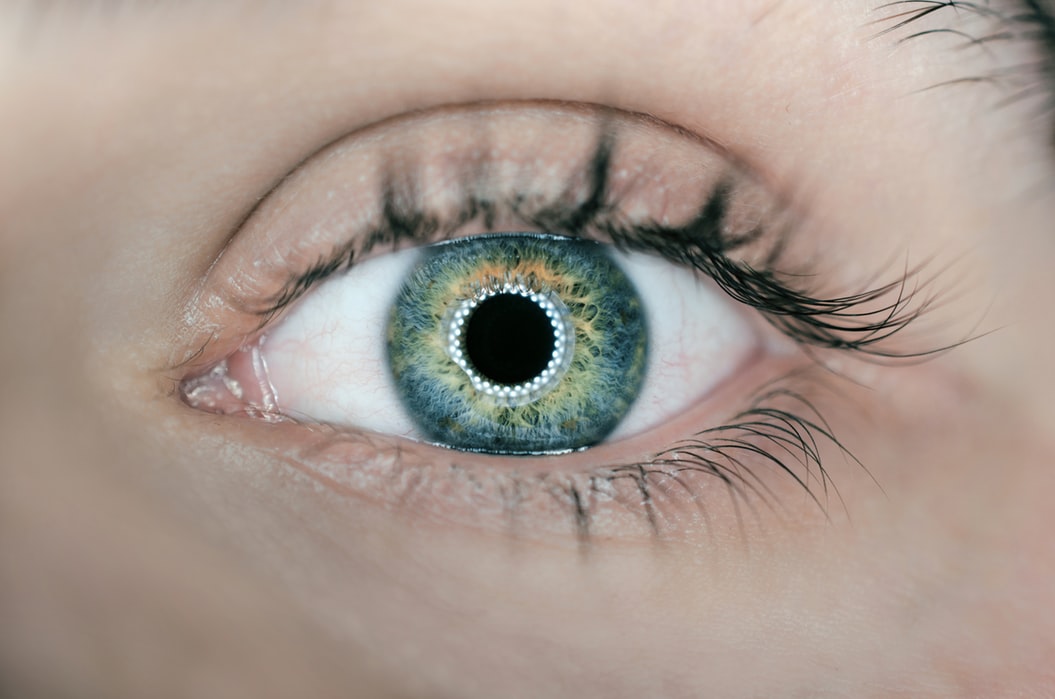Age-related Macular Degeneration (AMD) Affects Millions of Americans

Age-related Macular Degeneration (AMD) is a slow progression of blindness that affects 10 million Americans. It starts with slightly fuzzy vision, and continually worsens until the center of vision is so blurred the patient can no longer recognize faces, read, drive, or perform many other daily activities. At a recent briefing held by Research!America alliance member the National Alliance for Eye and Vision Research (NAEVR), patient activist Sydney Ruth Torrey of the American Macular Degeneration Foundation described the progression of AMD as “first annoying, then maddening, and finally devastating.” She expressed the heartbreak of Americans with AMD who find one day that their vision has finally gotten so bad that they can no longer read books, see the numbers on the stove knobs to cook, or drive home without getting lost.[1]
There is currently no treatment for AMD. Recent research, however, may hold the keys to a solution. At the briefing, Dr. Kapil Bharti, PhD, senior investigator at the National Eye Institute (NEI), presented the work he and his lab are leading using stem cells to help AMD patients. Research into the biology of the disease has shown that nonfunctioning RPE cells are what lead to AMD. RPE cells are located in the back of the eye, and are one of several layers of cells in the retina. They connect the blood stream, which carries nutrients and oxygen to the light-sensitive, photo receptor cells that allow us to see. When the RPE cells aren’t working properly the photoreceptors die, leading to vision loss.
Dr. Bharti and his team seek to treat AMD by creating a “patch” of healthy RPE cells and reinserting them into the eye. To do this, they take a sample from the patient’s body and create stem cells, which they then can grow into healthy RPE cells. Importantly, because these cells come from the patient’s body, the immune system is less likely to reject the patch, leading to a higher success rate.
Dr. Bharti and his team are about to enter Phase I clinical trials, and are on an accelerated FDA approval track. Further testing remains to be done, but this patch may soon provide relief to those living with AMD.
To learn more about eye research visit the NEI’s page on current research. To become an advocate for vision and eye related research visit NAEVR’s advocacy center.
This blog post was written by Anna O’Dea, Research!America policy intern.




